Serrano chiles are a versatile and flavorful pepper commonly used in Mexican cuisine and beyond. Whether you're a home cook looking to add heat to your dishes or a gardening enthusiast interested in growing your own peppers, understanding serrano chiles is essential. This guide covers everything you need to know, from identifying these peppers and their heat levels to cooking tips and growing techniques. We'll also compare serranos to other popular peppers like jalapeños and habaneros to help you choose the right chili for your needs.
Table of Contents
- What is a Serrano Chile?
- How Hot is a Serrano Chile?
- Buying Guide: How to Choose the Best Serrano Chiles
- Cooking Tips: Using Serranos Like a Pro
- Growing Your Own Serrano Chiles at Home
- Visual Comparison: Serrano vs. Jalapeño vs. Habanero
- Frequently Asked Questions
- Conclusion
What is a Serrano Chile?
The serrano chile, named after the mountainous regions (sierras) of Mexico, is a staple in Mexican cuisine. It's often used fresh, roasted, or pickled. Its flavor is bright and grassy, with a noticeable kick that lingers longer than milder peppers like the jalapeño.
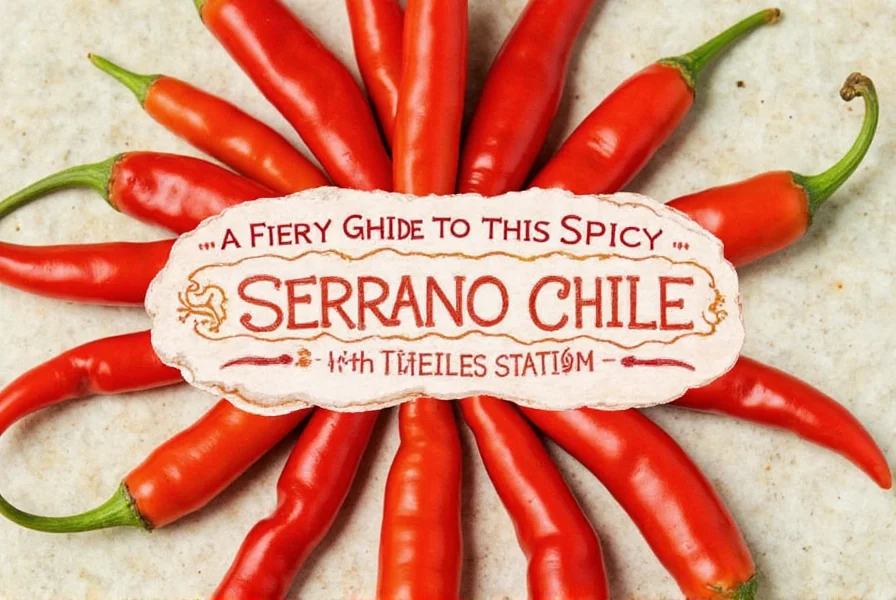
Typically 1 to 2 inches long, serrano peppers have thick skin and a slightly curved shape. They come in various colors including green, red, orange, brown, and even purple, depending on ripeness and growing conditions.
How Hot is a Serrano Chile?
Spice lovers often wonder, just how hot is a serrano chile? Let's break it down using the Scoville scale, which measures the spiciness of chili peppers based on capsaicin content:
| Pepper Type | Scoville Heat Units (SHU) |
|---|---|
| Jalapeño | 2,500 – 8,000 SHU |
| Serrano | 10,000 – 23,000 SHU |
| Habanero | 100,000 – 350,000 SHU |
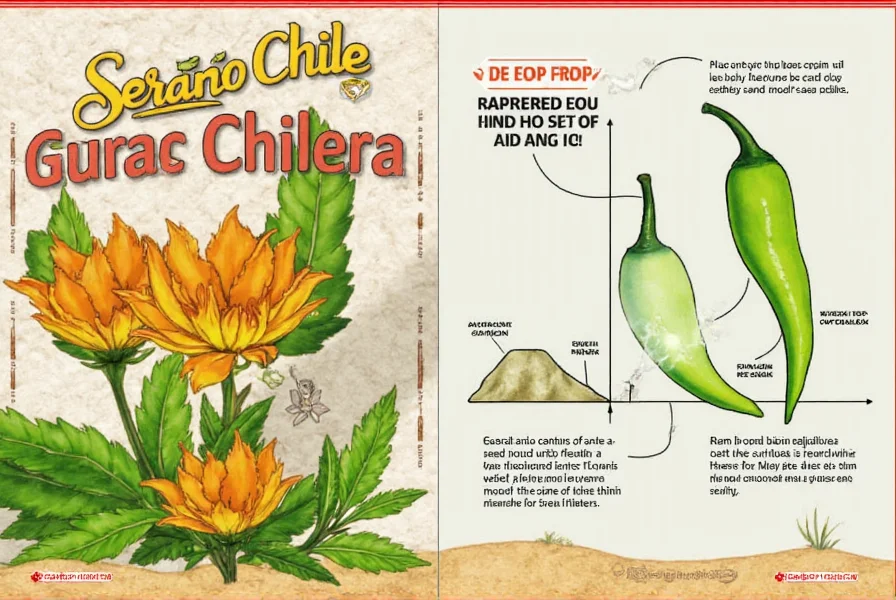
So, if you're transitioning from jalapeños to something bolder, serrano chiles are a great next step. But don't let their small size fool you — they pack a punch!
Buying Guide: How to Choose the Best Serrano Chiles
Whether you're shopping at a local market or browsing an online store, here are some tips to help you select top-quality serrano chiles:
- Firmness: Look for firm, glossy pods. Avoid soft, wrinkled, or discolored ones.
- Color: Green chiles are mild and more vegetal; red or orange chiles are riper and hotter.
- Size: While size doesn't always correlate with heat, smaller chiles tend to be more concentrated in flavor.
- Stem condition: If buying fresh, the stem should still be attached and green, not dried out.
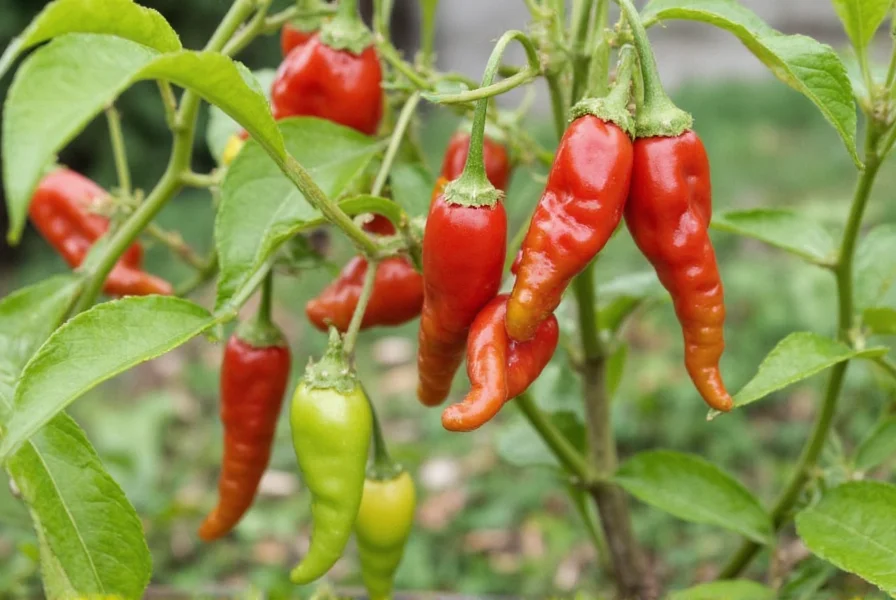
Best Brands & Products Featuring Serrano Chiles
| Product Name | Features | Best For | Usage |
|---|---|---|---|
| Tapatío Serrano Hot Sauce | Made with real serrano chiles, vinegar, and spices | Hot sauce lovers | Add to tacos, eggs, or soups |
| El Yucateco Green Chili Hot Sauce | Uses green serrano peppers for a tangy flavor | Those who prefer tang over heat | Pairs well with seafood and grilled veggies |
| Dried Serrano Peppers (La Costeña Brand) | Dried and whole, perfect for rehydrating | Cooks who make moles or sauces | Used in salsas, stews, and marinades |
Cooking Tips: Using Serranos Like a Pro
Serrano chiles are incredibly versatile. Here's how to get the most out of them in your kitchen:
- Use them raw: Chop finely and toss into pico de gallo, guacamole, or salsas for a bright, fiery bite.
- Roast them: Char on the stove or under the broiler for smoky flavor. Great in tacos, quesadillas, or soups.
- Make infused oils: Infuse olive oil with sliced serranos for a spicy kick in dressings or drizzling.
- Pickle them: Quick-pickling in vinegar and garlic adds depth and makes a great condiment.
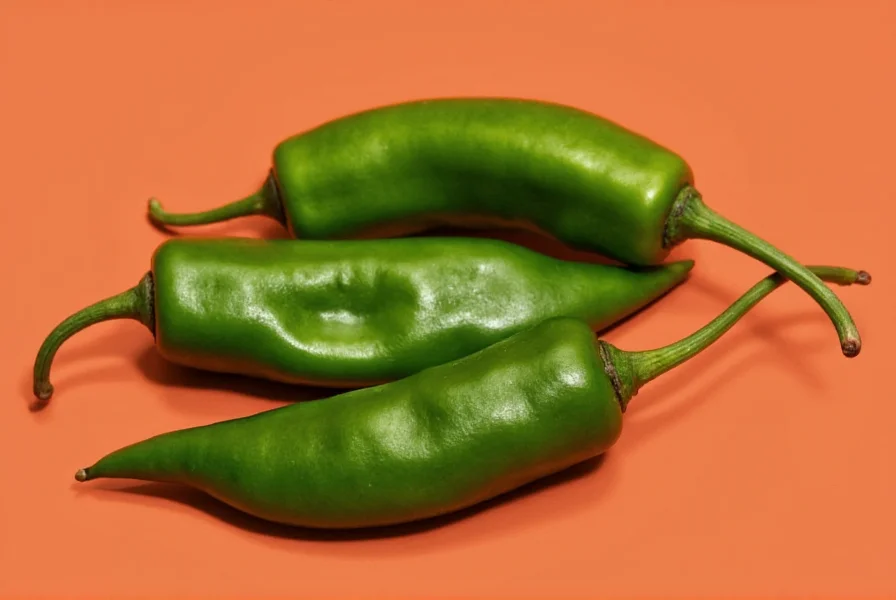
Growing Your Own Serrano Chiles at Home
If you're feeling adventurous, why not try growing your own serrano plants? They thrive in warm climates and can do well in containers or gardens.
- Climate: Warm and sunny, preferably USDA zones 9–11, though they can tolerate cooler zones with care.
- Soil: Well-draining, rich in organic matter.
- Watering: Regular watering, especially when flowering or fruiting begins.
- Harvesting: Pick when fully matured for maximum heat and flavor, or early for milder taste.
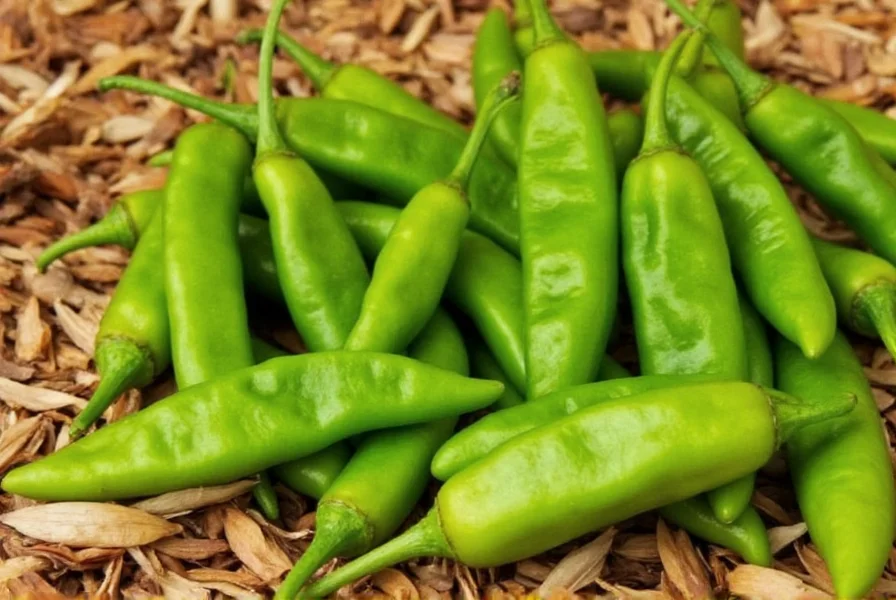
Visual Comparison: Serrano vs. Jalapeño vs. Habanero
To better understand where serrano peppers stand visually and in terms of heat, take a look at this visual comparison table:
| Feature | Jalapeño | Serrano | Habanero |
|---|---|---|---|
| Size | 2–4 inches | 1–2 inches | 1–2.5 inches |
| Color | Green, red, yellow | Green, red, orange, brown, purple | Bright orange, red, white |
| Heat Level | Mild to medium | Medium to hot | Very hot |
| Common Uses | Salsas, nachos, poppers | Tacos, soups, sauces | Salsas, marinades, hot sauces |
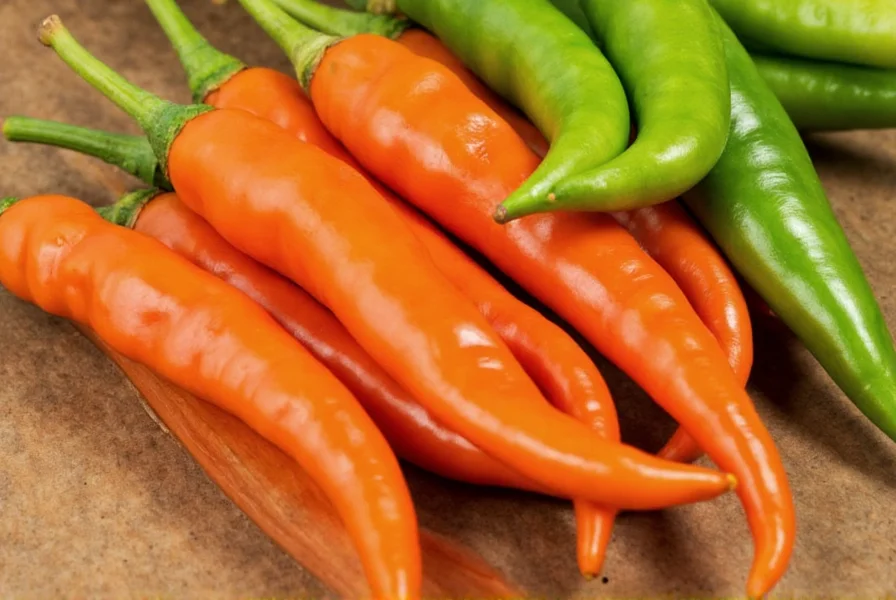
Frequently Asked Questions About Serrano Chiles
Here are common questions people have when searching for serrano chile information:
- What does a serrano chile look like?
- Serrano chiles are typically 1-2 inches long with a slender, slightly curved shape. They have smooth, glossy skin and a bright green color when unripe. As they mature, they can turn red, orange, brown, or even purple. Compared to jalapeños, serranos are smaller and more slender with a brighter sheen.
- How can I tell a serrano chile apart from a jalapeño?
- Serrano chiles are noticeably smaller (1-2 inches vs 2-4 inches for jalapeños) and more slender. They grow upright on the plant (unlike jalapeños which hang down), have thinner walls, and are generally hotter. Visually, serranos have a brighter, glossier appearance than jalapeños.
- What colors do serrano chiles come in?
- While most commonly seen in bright green (unripe), serrano chiles can ripen to red, orange, brown, and even purple depending on the variety and growing conditions. Red serranos tend to be sweeter and slightly hotter than their green counterparts.
- How hot are serrano chiles compared to other common peppers?
- Serrano chiles range from 10,000 to 23,000 Scoville Heat Units, making them about 2-3 times hotter than jalapeños (2,500-8,000 SHU) but significantly milder than habaneros (100,000-350,000 SHU). Their heat is sharp and immediate, with a clean finish that doesn't linger as long as some hotter peppers.
- Can I substitute serrano chiles for jalapeños in recipes?
- Yes, but use about half the amount since serranos are significantly hotter. If you're sensitive to spice, start with even less. Remember that serranos have a brighter, grassier flavor profile compared to the more earthy jalapeño, which will affect the final taste of your dish.
- How should I handle serrano chiles safely?
- Always wear gloves when handling serrano chiles, especially when cutting or seeding them. The capsaicin can cause skin irritation and is particularly dangerous if it gets in your eyes. Never touch your face while handling hot peppers. Wash all surfaces and utensils thoroughly after use.
Conclusion
From their vibrant appearance to their versatile flavor profile, serrano chiles deserve a place in your kitchen. Whether you're slicing them for fresh salsa, roasting for tacos, or growing your own, these peppers offer endless culinary possibilities.
Bookmark this guide for quick reference on identifying serrano chiles, understanding their heat levels, and mastering cooking techniques. With this knowledge, you'll confidently incorporate these fiery peppers into your favorite dishes.

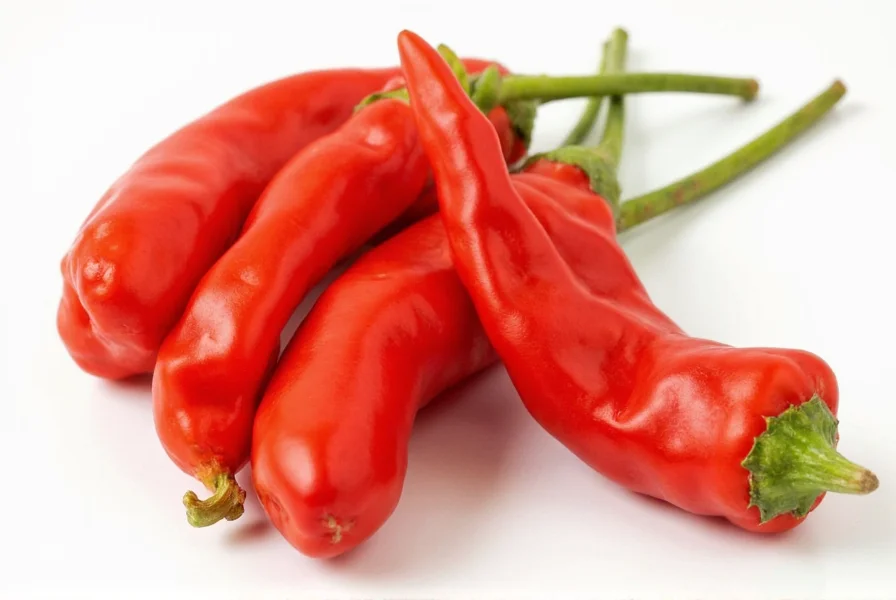









 浙公网安备
33010002000092号
浙公网安备
33010002000092号 浙B2-20120091-4
浙B2-20120091-4